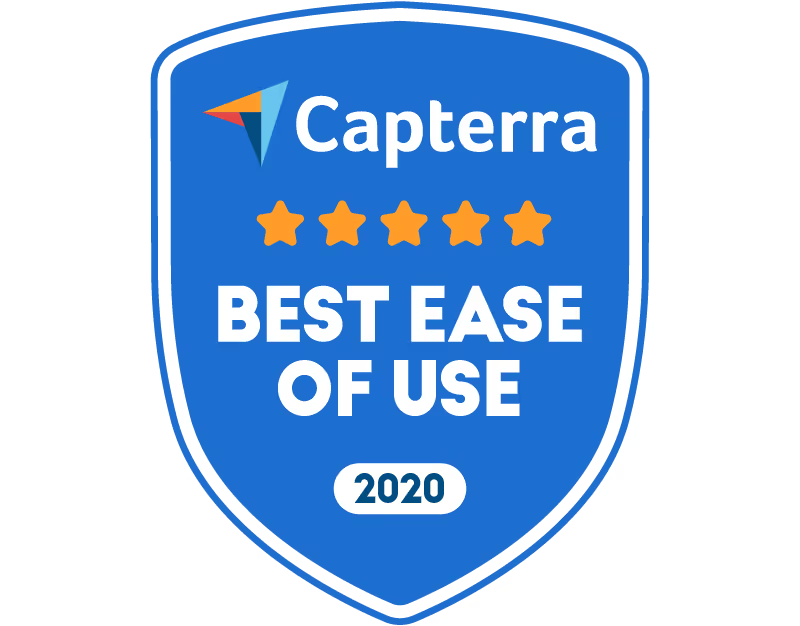
This is some text inside of a div block.
This is some text inside of a div block.

Using data rooms during M&A can be extremely beneficial at keeping teams organized during each deal phase, providing instantly updated information to be shared with all parties and participants.
An M&A data room is a cloud storage center for sensitive documents with the capacity for sharing information between parties involved in transactions. Data rooms are often the most useful during the due diligence process and are designed to meet security compliance while facilitating the secure sharing of data.
FirmRoom has been designed for the M&A industry, which gives us the expertise to offer you valuable insights on the matter of data rooms in M&A.
Not all VDRs are built the same, and not all VDRs meet public company standards. You can learn how to pick a secure data room here.
In general, some features to consider when choosing VDRs are the following:
Meanwhile all VDRs should have the following features:
VDRs specifically designed for M&A often have the following features:
Ensuring that the data room is structured properly for deals makes M&A processes run more effectively and efficiently.
Not only will this make setup of the VDR easier, but taking the time to plan before will expedite the process of determining which documents should be included, who should have access, and how the structure will work best before learning the interface and making changes via the VDR.
Ensuring that all of the necessary parties are involved for effective communication and deal transparency is important, but it is also important to ensure that data leaks are avoided by only including those who need the information. For example, buyers should be assigned limited access; contracts within the HR action should not be shared outside of the HR Department; and information regarding pending transactions should not be shared.

Using a data room index assists in staying organized during the due diligence process, due to the countless paperwork and information involved.

By typing in a keyword or name, documents should be able to be easily found. In doing this, it is important to separate non-confidential documents from sensitive documents.
Create a separate folder for highly confidential documents when initially creating the folder structure.
A typical structure could look something like:
Keep documents up to date, to ensure that space is not taken up in the VDR and only pertinent information is stored in the room for each deal.

This will require systematic, continuous maintenance, and ensures that the data room structure remains consistent and useful for the requirements of the transaction at hand.
Regular maintenance of the VDR ensures that the content in the M&A data room is relevant to the transaction, making navigation easier.
If your data room charges your team per-page, you will have to be very conscious about keeping your storage costs low, instead of focusing on what's best for your deal.
In 2023, using a data room with a flat-rate pricing should be the only option, as per-page pricing in modern M&A leads to astronomical overcharges.

20 years ago virtual data room (VDR) providers came to the office, scanned documents then uploaded them to costly servers. It made sense to charge per page back then.
While maintaining your room, decide who the administrators are early on to ensure that there is no delay in maintenance. Regular data room maintenance also ensures that those who have access to the data room are authorized and have been added or removed by an administrator, so that confidential information can be kept secure.
Access should be disabled as soon as users are no longer actively participating in the transaction.
Administrators should also be assigned to keep content in the room up to date and allowed upload permissions as needed. If non-administrators need to upload documents to the data room, this should be accounted for as well.
Further, if the platform has Q&A, an administrator should be assigned to make sure that questions are answered in a timely manner.
When the transaction is complete, it is then time to close the data room.
FirmRoom was specifically designed with the complexities of M&A security in mind, created by industry experts specifically for M&A workflows.
FirmRoom offers flat-rate pricing, is compliant with public company standards, and provides data rooms in accordance with all M&A and security regulations.
Our interface is easy-to-use and provides built-in support based on 15+ years of experience with major financial institutions to help perfect your M&A data room process and allow you to close deals up to 40% faster.
With FirmRoom, transactions are made faster & easier than ever before, while meeting every security standard that a company could possibly need.
No credit card required, full access. Cancel anytime.